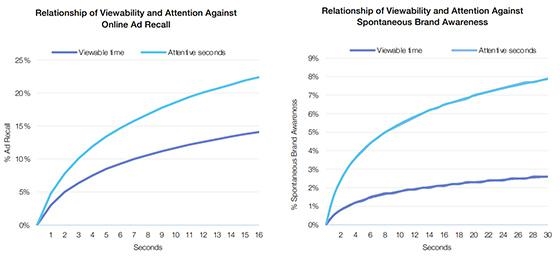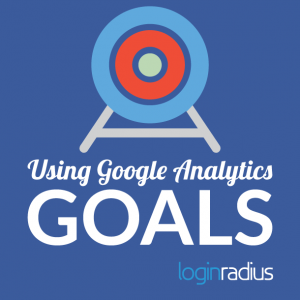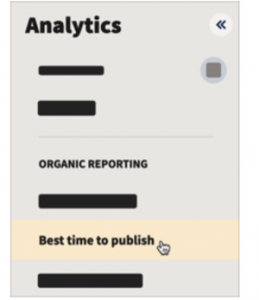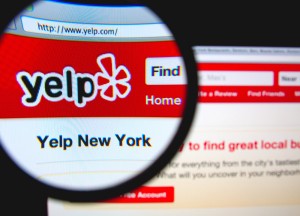Teads, Lumen Attention Metrics From Global Campaigns Find ‘Better Predictors’

Teads, a global media platform, and Lumen Research, which focuses on attention, have been working to expand attention-measurement research to deliver consistent data to advertisers.
On Tuesday the companies will announce findings in a study on global analysis around attention metrics — Unveiling the Connection: Attention & Outcomes.
The companies followed 16 campaigns, 14 advertisers, to measure brand lift and attentive time based on live campaigns.
This was compared with a non-exposed control group to determine overall uplift.
Ben Flux, group investment director at Starcom, participated in the study. He believes that during the initial stages of attention measurement, clients were surprised at the total amount of attention a campaign drove without little indication as to what it actually meant.
“A focus on how to tangibly use attention was very much needed,” he said, adding that the education to understand the sufficient level of attention is needed to drive a positive outcome.
Studies were conducted across North America, APAC, and EMEA, and encompassed various brands across categories such as global CPG, retail, financial services, travel, charity, fashion, and electronics.
Turns out there is a direct correlation between attention and brand outcomes, per the data.
Results became more impactful with longer engagement periods and higher attention, yielding a consistent improvement across the entire funnel, including mid- and low-funnel metrics with longer dwell times. The positive impact of attention on lower funnel objectives yielded a 30% lift from exposures of 10 or more seconds.
Caroline Hugonenc, senior vice president of research and insights at Teads, said attention metrics has become a better predictor of effectiveness than viewability.
“A consumer must see an ad for it to have influence,” she said. “This may seem obvious, but viewability doesn’t account for this at all. The fact that an ad is in view doesn’t mean the user is looking at it. This is even more true for ads that are not controlled by the user.”
The second observation illustrated the need to prioritize attention to generate substantial differences in lower funnel metrics, shown by 9+ and 8+ attentive seconds required, respectively, for significant impact around consideration and purchase intent.
Online Ad Recall had also shown to be predictive of lower funnel metrics. The data shows that this highlights the significance of the upper funnel as a foundation in driving shifts further down the funnel.
Size is positively correlated to ad effectiveness and attention but negatively correlated with viewability. When only considering viewability, a small banner ad is treated as identical to a full-page, rich-media one.
Ads that are around the content get higher viewability score but are easily ignored by users and generate lower impact, compared to ads that sit in the middle of the article, according to the data.
Websites, too, have learned to “game viewability,” ensuring that as many ads as possible meet the viewability threshold without necessarily gaining any attention.
Analysis of the data also showed attention as a much stronger predictor than viewability for delivering business outcomes, aligning with previous studies and highlighting the holistic value of attention metrics. Attention is more likely to yield significant results, both for Online Ad Recall and lower funnel measures such as Spontaneous Brand Awareness, where attention outperforms viewability in both scenarios.
When asked to describe what’s changing in the industry that requires a closer look at Attention metrics, Hugonenc said the conversation now isn’t “why do I need attention,” but “how much attention do I need?”
As attention becomes more of a factor of excluding the placements that get zero attentive time, advertisers need to understand the true value of each placement.
The industry is also moving from measuring attention on live campaigns to activation and optimization. Those insights on the meaningful threshold of attention are critical for brands that envision to use attention metrics at the planning and buying stages.
(10)
Report Post





